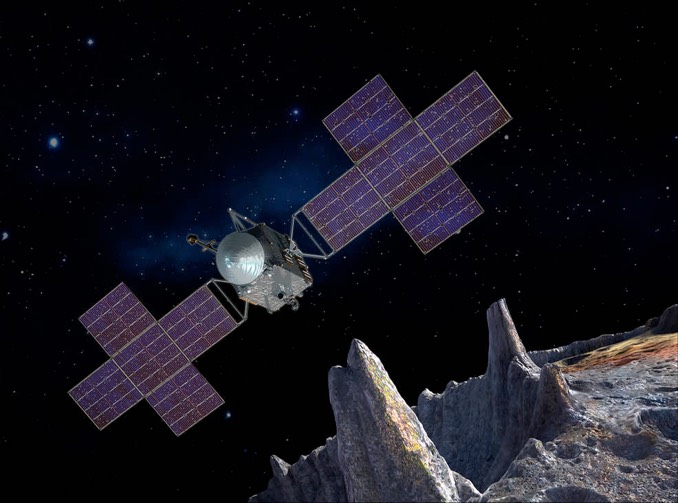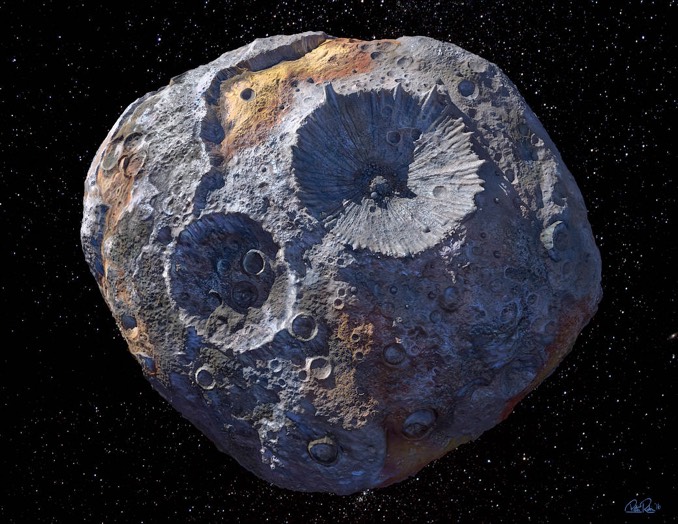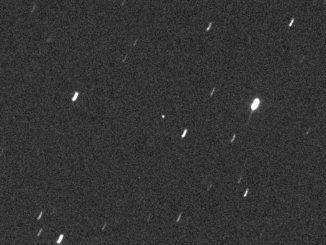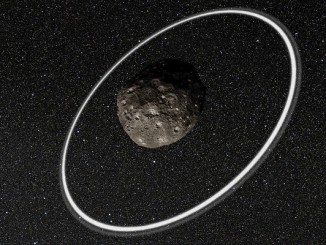 Now just a year and a half from launch, the mission to explore a metal-rich asteroid will soon begin assembling and testing the spacecraft.
Now just a year and a half from launch, the mission to explore a metal-rich asteroid will soon begin assembling and testing the spacecraft.
NASA’s Psyche mission has passed a critical milestone that moves it a step closer to launch. After an intense review of the mission’s progress in building its science instruments and engineering systems, Psyche won clearance to progress into what NASA calls Phase D of its life cycle – the final phase of operations prior to its scheduled launch in August 2022.
Until now, the mission has focused on planning, designing, and building the body of the spacecraft, its solar-electric propulsion system, the three science instruments, electronics, the power subsystem, and the like. The successful review of those elements means the mission can now begin delivering components to NASA’s Jet Propulsion Laboratory, which manages the mission and will test, assemble, and integrate each piece.
“It’s really the final phase, when all of the puzzle pieces are coming together and we’re getting on the rocket. This is the most intense part of everything that happens on the ground,” said Arizona State University’s Lindy Elkins-Tanton, who as principal investigator for Psyche leads the mission.
Psyche’s target is an intriguing, metal-rich asteroid of the same name, which orbits the Sun in the main asteroid belt between Mars and Jupiter. Scientists think that, unlike rocky or icy asteroids, Psyche is largely iron and nickel and could be the heart of an early planet that lost its outer layers. Exploring the asteroid Psyche (about 140 miles, or 226 kilometres, wide) could lend valuable insight into how Earth and other planets formed.

The Psyche spacecraft will use a magnetometer to detect a potential magnetic field; if the asteroid has one, it’s a strong indicator that it once was the core of an early planet. A multispectral imager will capture images of the surface, as well as gather information about the asteroid’s composition and topography. Spectrometers will analyse the neutrons and gamma rays coming from the surface to reveal the elements that make up the object.
By spring of 2022, the spacecraft will be fully assembled and ready to ship to NASA’s Kennedy Space Center in Cape Canaveral, Florida, where it will launch in August 2022. Psyche will fly by Mars for a gravity assist in May 2023. And in early 2026, it will slip into orbit around the asteroid, where it will spend 21 months gathering data for analysis.



